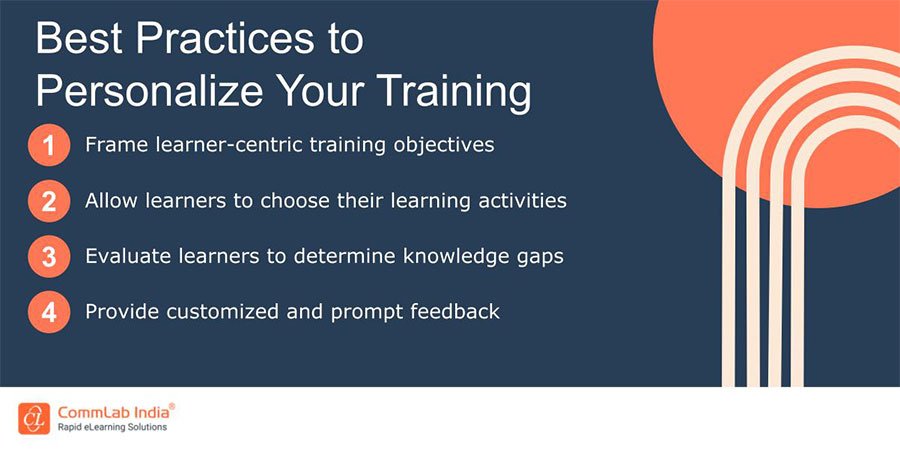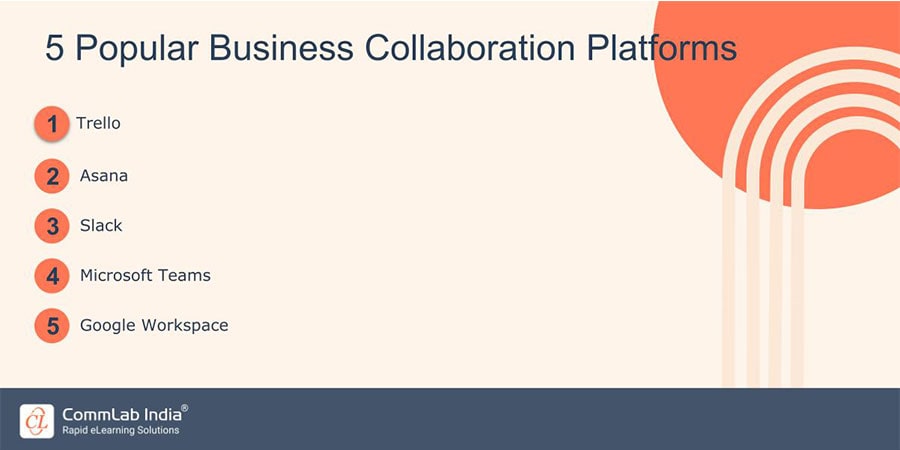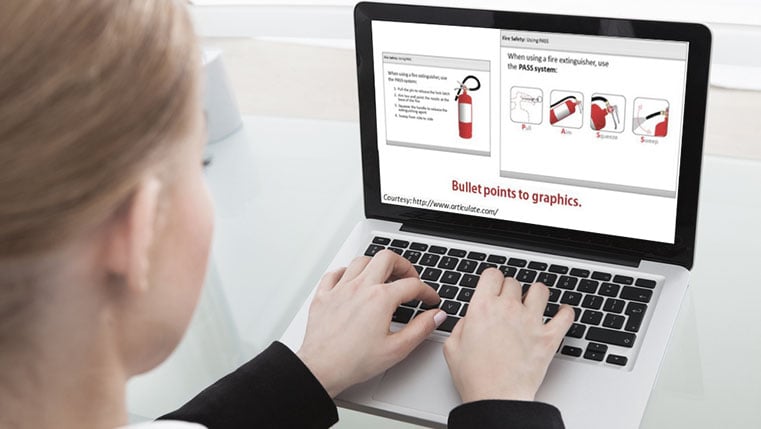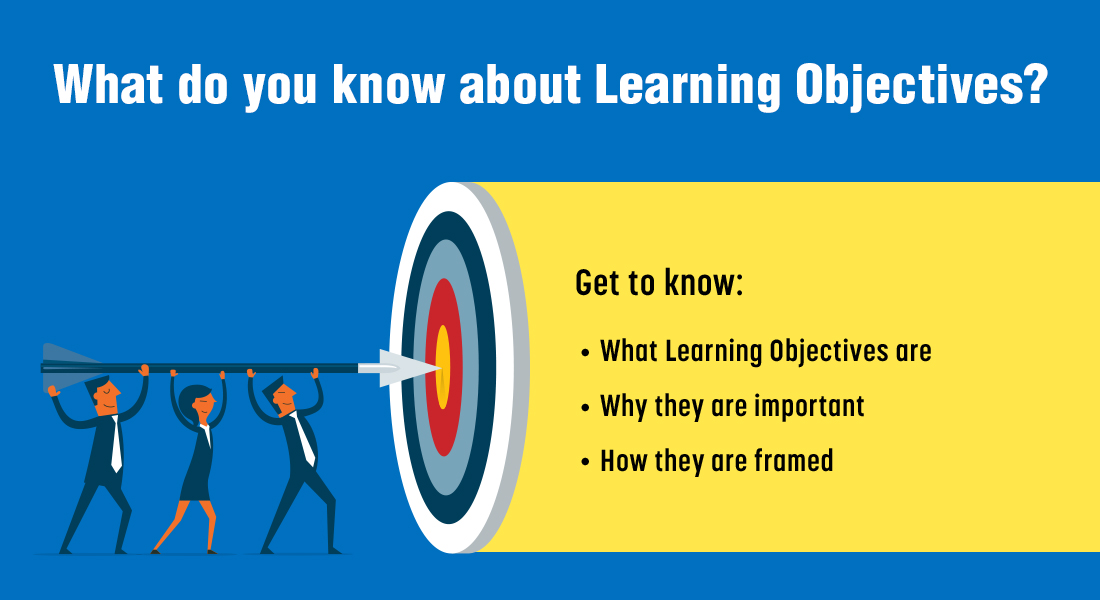Blended Learning vs. Flipped Classroom: Discover Which One Fits Your Learning Style?
Explore the world of corporate training with our in-depth comparison of Blended Learning and the Flipped Classroom. Discover which method suits you best!

In the ever-evolving corporate landscape, innovative training methods have taken center stage, reshaping how employees learn and instructors instruct. Two prominent approaches, blended learning, and the flipped classroom, have emerged as transformative strategies to enrich the learning experience. But what sets them apart, and how do they impact training and learning? Welcome to our exploration of "Blended Learning vs. Flipped Classroom," where we embark on a journey to dissect these two dynamic methods, uncover their strengths and distinctions, and help you navigate the respective choices.
Confused Between Blended Learning and Flipped Classroom?
Discover the dynamic evolution of corporate training as we delve into the intricacies of Blended Learning and the Flipped Classroom. Uncover the key distinctions and the benefits of these innovative training methods. Explore the future of learning with us today!
Difference Between Blended Learning and Flipped Classroom
Blended learning, also known as hybrid learning, is a training approach that seamlessly combines traditional face-to-face classroom instruction with online learning experiences. In this model, learners have the opportunity to engage with course content through a mix of in-person interactions with trainers and digital resources delivered via various technologies.
The flipped classroom is a pedagogical model that flips the traditional training method on its head. In a flipped classroom, learners are introduced to new content outside of their sessions, often through video lectures, readings, or online modules, and then use in-class time for interactive discussions, hands-on activities, and problem-solving under the guidance of the instructor.
→ Download Checklist Now: Is Blended Learning The Right Choice For You?
Understanding More About Blended Learning Along With its Benefits
Blended learning is a versatile approach that can take several forms, but its core premise involves integrating both in-person and online learning experiences. Some common models of blended learning include the Rotation Model, Flex Model, and Self-Directed Model, each offering a unique balance of face-to-face and digital elements. But don’t forget that despite its numerous advantages, blended learning does come with certain challenges, such as ensuring equitable access to technology for all learners, providing proper training for instructors, and effectively managing the allocation of time between online and in-person components.
Blended Learning Benefits
- Flexibility for Learners - Blended learning grants learners the flexibility to choose when and where they engage with course content. Whether it's during the traditional classroom setting or from the comfort of their homes, learners can tailor their experiences to fit their schedules and learning preferences.
- Personalized Learning Experiences - One of the key strengths of blended learning is its ability to provide personalized learning experiences. Through data-driven insights and analytics, trainers can adapt instruction to cater to individual learner needs, fostering a more customized learning approach.

- Increased Engagement - Blended learning can enhance engagement by incorporating multimedia elements, interactive online content, and gamification, making the learning process more interactive and enjoyable for learners.
Understand More About Flipped Classroom Along With its Benefits
The flipped classroom model inverts the traditional training approach by introducing learners to new content outside the classroom and utilizing in-class time for active, collaborative, and higher-order thinking activities. This method encourages learners to come to sessions prepared, allowing for deeper exploration and understanding of the material. Implementing the flipped classroom successfully may require trainers to create high-quality pre-class materials, consider disparities in learners' access to technology, and ensure that learners come to class well-prepared for the in-class activities.
Benefits of Flipped Classroom
- Active Engagement in Class - The flipped classroom promotes active learning during face-to-face sessions. Learners participate in discussions, collaborate in group activities, and solve problems in real-time, leading to a deeper comprehension of the subject matter. Here are a few collaboration platforms you can use -

- Trainer-Learner Interaction - The flipped classroom enhances trainer-learner interaction. With learners arriving in class already familiar with the content, instructors can focus on guiding and mentoring, providing personalized support, and addressing individual questions and concerns.
- Fostering Critical Thinking - Critical thinking skills are nurtured in the flipped classroom environment as learners are encouraged to apply their pre-class knowledge to real-world scenarios, analyze complex problems, and engage in discussions that require them to think critically and creatively.
Blended Learning VS Flipped Classroom
Blended learning and the flipped classroom, while both innovative training methods, have distinctive differences. Blended learning, as previously explained, combines traditional classroom instruction with digital elements. In contrast, the flipped classroom flips the traditional traditional model by introducing learners to content outside of class and using in-class time for active engagement. The key difference lies in the sequencing of learning activities.
In blended learning, learners experience a mix of online and face-to-face instruction concurrently, whereas the flipped classroom involves asynchronous online learning before synchronous in-person interactions. However, both approaches aim to enhance learner engagement, promote personalized learning, and adapt to the evolving corporate training landscape.
Now, the critical question arises: which of these training approaches is the right fit for your training needs? The decision should be based on several factors. Firstly, consider your learning objectives. Blended learning may be more appropriate when you want to seamlessly integrate online resources with traditional classroom activities. On the other hand, the flipped classroom might be preferable if you aim to prioritize in-depth discussions, critical thinking, and active learning.
Your choice should also align with the technological resources available to you and your learners. Blended learning often relies on Learning Management Systems (LMS) and access to digital tools, while the flipped classroom leans heavily on pre-class video content. Ultimately, it's essential to choose an approach that complements your teaching style, your learners' learning preferences, and the specific subject matter you are addressing. Both approaches offer valuable opportunities to enhance the learning experience, so the decision should be made with your unique context in mind.
Wrapping Up!
As we conclude our journey through the realms of blended learning and the flipped classroom, we hope you've gained valuable insights into the possibilities they offer in corporate training. These methods aren't merely trends; they represent a shift towards more dynamic, learner-centric, and tech-savvy approaches to learning. The corporate world is as diverse as the learners it serves, and the choice between blended learning and the flipped classroom is ultimately a reflection of your unique needs and goals. Also, if you have already made your decision and your preference is going in the direction of blended learning, here’s a checklist that will help you confirm it.





